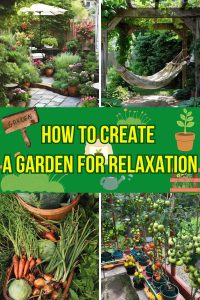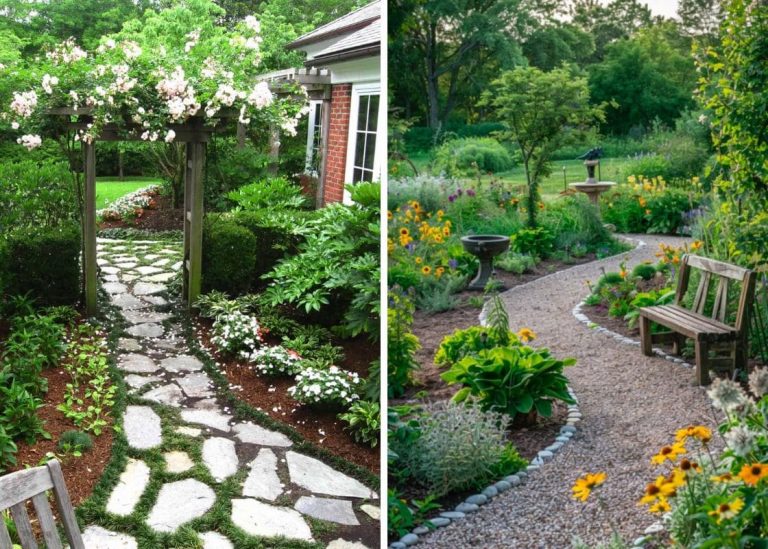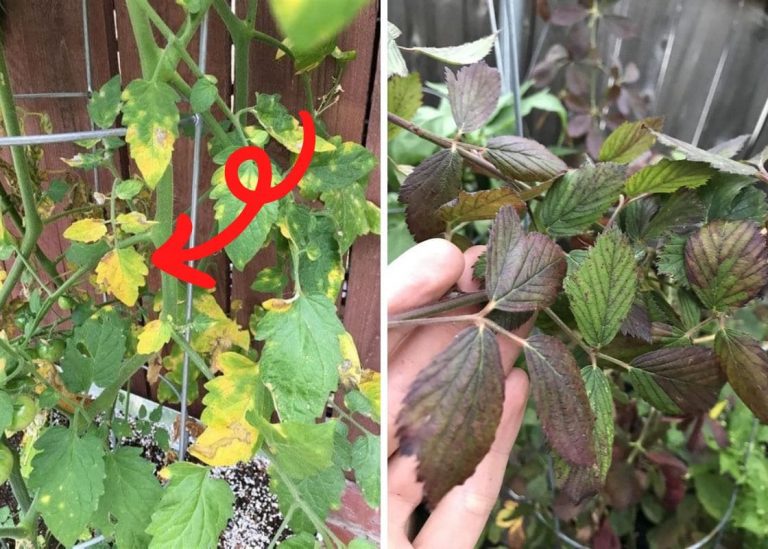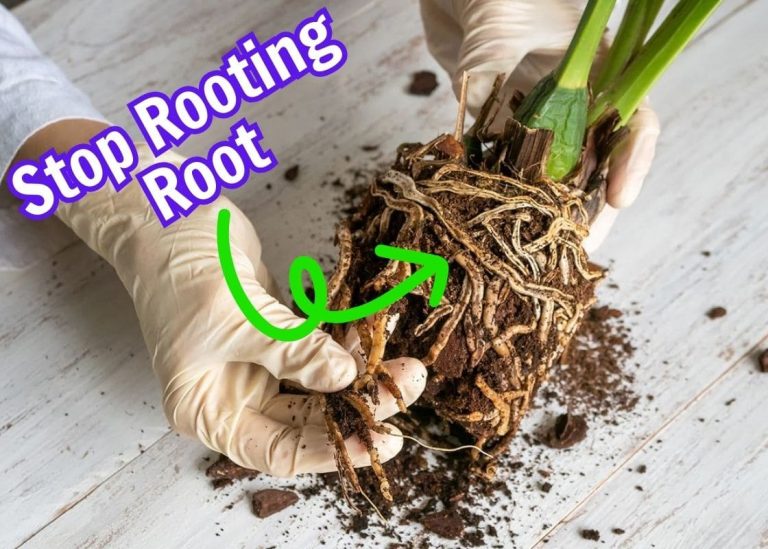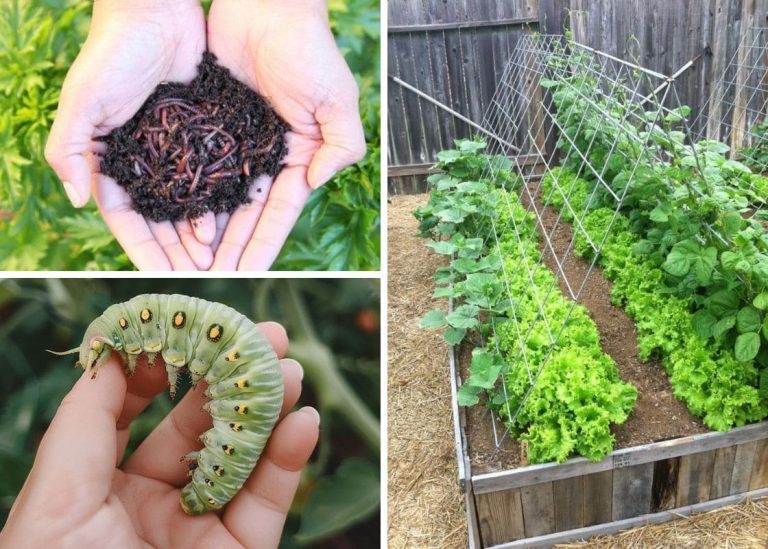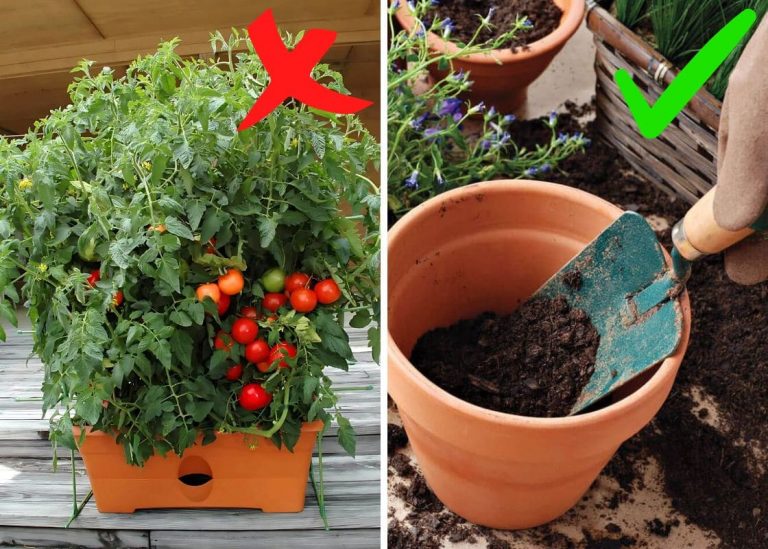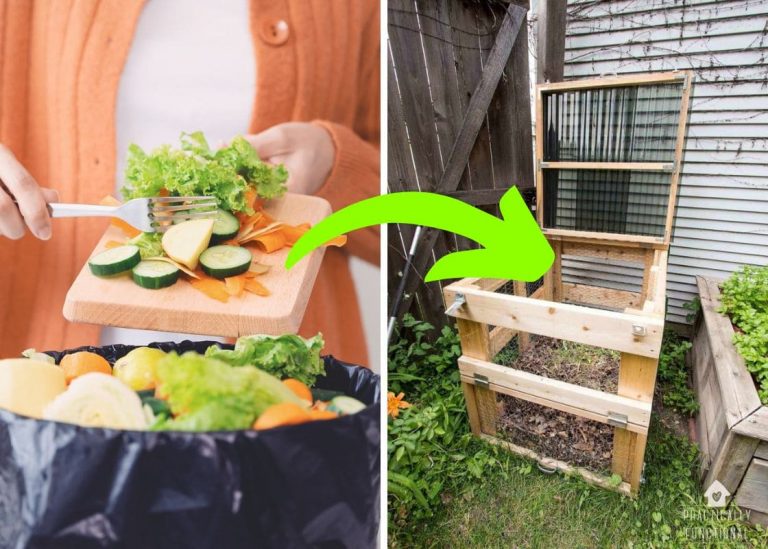How to Create a Garden for Mental Health and Relaxation
Gardening has always been my escape. Whenever life feels overwhelming, I step outside, take a deep breath, and let the earthy scent of soil, the rustling leaves, and the warmth of the sun pull me into the present moment.
Over the years, I’ve realized that my garden isn’t just a place to grow food and flowers, it’s a sanctuary for my mind. It’s where I find peace, where stress melts away, and where I feel most connected to the world around me.
If you’ve ever felt a sense of calm just by being in nature, you already understand the power of a garden designed for mental health and relaxation.
Creating a space that nurtures both your plants and your well-being isn’t about having the perfect layout or the most exotic flowers, it’s about designing a place that makes you feel safe, calm, and inspired.
Choosing the Right Space
A healing garden doesn’t need to be big. It can be a quiet corner of your backyard, a collection of potted plants on a balcony, or even a few herbs growing on a windowsill.
What matters most is that it feels inviting and allows you to slow down and breathe. I chose a small section of my yard near a tree, where the dappled light makes the space feel cozy and peaceful. You might prefer an open, sun-filled spot or a shaded nook, go with whatever feels right for you.
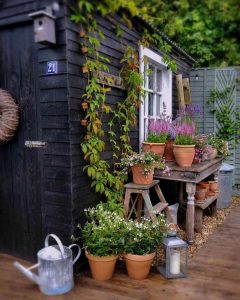
Once you’ve picked your space, think about what you want to feel when you step into it. Do you want a sense of calm and stillness, or do you want to feel uplifted and energized? The answer will help guide the plants, colors, and elements you choose.
For me, I wanted a place where I could unwind at the end of the day, so I focused on soft colors, gentle scents, and a mix of textures that bring a sense of tranquility.
The Power of Plants in Healing
Certain plants have a way of calming the mind. I always include lavender in my garden because its scent alone can lower stress and help with sleep. When I brush against it, the gentle fragrance instantly makes me feel at ease.
Chamomile is another favorite, its tiny white flowers may look simple, but the tea made from its petals has helped soothe many restless nights.
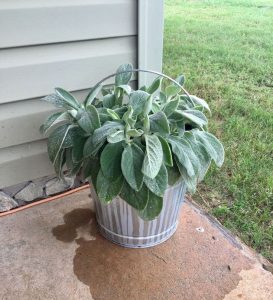
If you want a garden that promotes relaxation, incorporating sensory plants is key. Soft-leaved lamb’s ear is wonderful for touch, while rustling grasses like fountain grass create a gentle sound when the wind moves through them.
I also love having mint and rosemary nearby, not only are they useful for cooking, but their fresh, herbal scents are invigorating.
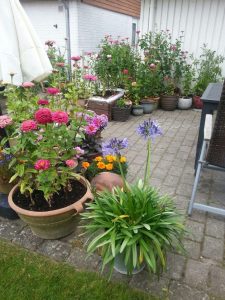
Color plays a big role, too. I gravitate toward cool shades of green, blue, and purple, which naturally create a peaceful atmosphere.
If you want a more uplifting space, bright yellow flowers like marigolds or sunflowers can bring warmth and positivity. Flowers with delicate movements, like cosmos or butterfly bush, add a sense of life and gentle motion to the space.
Creating a Sense of Flow and Comfort
A garden designed for mental health should invite you to linger. I’ve made sure to include a comfortable seating area, a simple wooden bench nestled between flowering shrubs.
Sometimes, I bring a book, but often, I just sit and listen to the birds. If you have room, a small hammock or a cushioned chair can turn your garden into a perfect spot for relaxation.
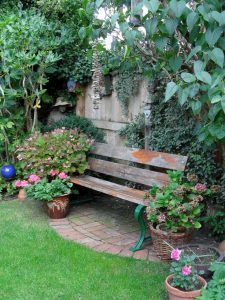
Paths can also influence how a space feels. A winding pathway lined with stepping stones makes a garden feel like a journey, guiding you slowly through the space rather than rushing you from one point to another.
In my garden, I let plants like thyme creep over the edges of the path so that with every step, I release a bit of their fresh fragrance. It’s a small detail, but it adds another layer of sensory experience.
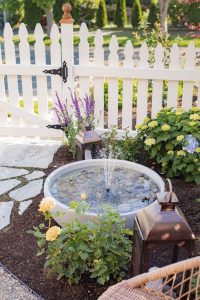
Water is one of the most soothing elements you can add to a garden. I don’t have space for a large pond, but a small fountain does the trick.
The sound of trickling water has an almost meditative effect, it drowns out distractions and helps me focus on the present. Even a simple birdbath can bring movement and life to the garden, as birds splash and play in the water.
Making Time to Enjoy the Space
One mistake I made early on was focusing too much on maintaining the garden rather than enjoying it. Gardening can be physical work, but a healing garden should be a place where you can pause, breathe, and simply exist.
Now, I make it a habit to spend time in my garden without an agenda, not weeding, not pruning, just being there.

Sometimes, I take my morning coffee outside and listen to the world waking up. Other times, I sit in the evening, watching the sunset and letting the day’s worries fade away.
Even just five or ten minutes in the garden can shift my mood, grounding me in something deeper than the day’s stresses.
The Lasting Impact of a Healing Garden
Gardening has taught me that healing doesn’t always come in big moments, it happens in small, quiet interactions with the natural world.
It’s in the feeling of cool soil between your fingers, the scent of basil crushed between your hands, the sound of wind moving through the leaves. A healing garden isn’t about perfection; it’s about creating a space where you can let go, recharge, and find peace.
If you’ve ever felt like you need a sanctuary, consider turning your garden into one. It doesn’t matter how big or small your space is, what matters is that it brings you joy and calm.
